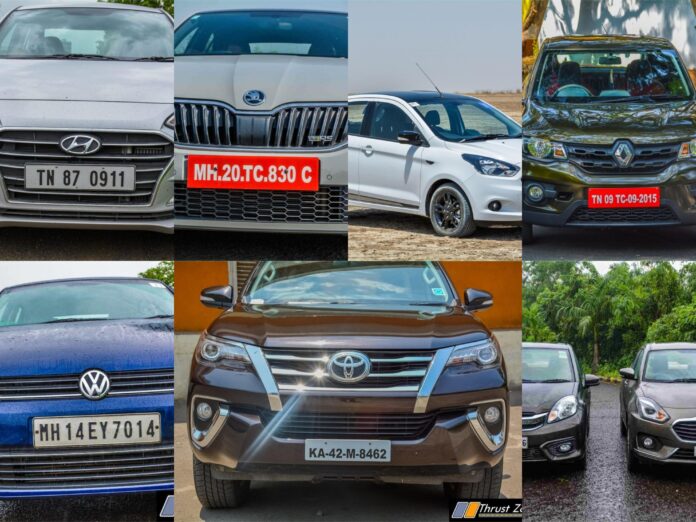Indian automotive industry isn’t always on a joy ride, it’s more of a roller coaster when we talk about numbers, sales in specific. This time it’s some what of an unparalleled blow to the Indian automotive market as the sales figures have gone downhill manifestly.
The hit has been so hard that it is being directly compared to the one during September of 2001 and later 2008-09 fall out. As per the stats, the overall sales have gone down by 8.62 percent and round up to 2,086,358 units in comparison to May 2018 with sales of 2,283,262 units. The production line too saw a downfall in numbers, going from 2,733,762 units (recorded May 2018) to 2,515,999 units. That’s a whole 7.97 percent drop. These numbers have been fluctuating often in accordance to timely NPDs (no production days) all to control the production and avoiding pushing the stocks to dealers.
That’s not it, what’s more bothersome is the fact that passenger vehicles (PV), commercial vehicles (CV) and two wheeler segment, all the three divisions have took a major hit. The PV sales have been hit by a deficit of 20.55 percent, that’s from 301,238 units to 239,437 units. The CV sales have gone down 10 percent, that’s from 76,517 units to 68,847 units. The two wheeler sales have gone down by 6.37 percent, that’s 1,850,698 units to 1,726,206 units.
All these numbers have been recorded since May 2018. The production moderation is a long listed process but has been of somewhat help to the retail sector where the numbers aren’t as bothering as before. From the data available in Vahan national vehicle register shows a downfall of 7.71 percentage through all segments in May 2019. The slowdown is being considered a result of freshly conducted election but the top body of automobile industry has something else to say, as per SIAM the hit is an unprecedented one and needs backing of government to get things back on track.
SIAM has also appealed the government to tame the GST rates and bring it down from 28 percent to 18 percent for all the segments thereby expecting a larger crowd willing to spend on new cars rather than pre-owned ones. Two more measures have been proposed by the SIAM, implementing the “Scrappage policy” and funding the OEM associations to invest more in R&D for EVs, safety as BS-VI norms are soon to be implied.
The Indian automotive industry has contributed a good INR 1,12,000 Crore (10%) in GST from a total tax collection of INR 12,00,000 Crore and that makes it one of the most supporting sources to the economy. But the government needs to find a way out and prevent the fiasco from storming the Indian automobile industry anymore.




